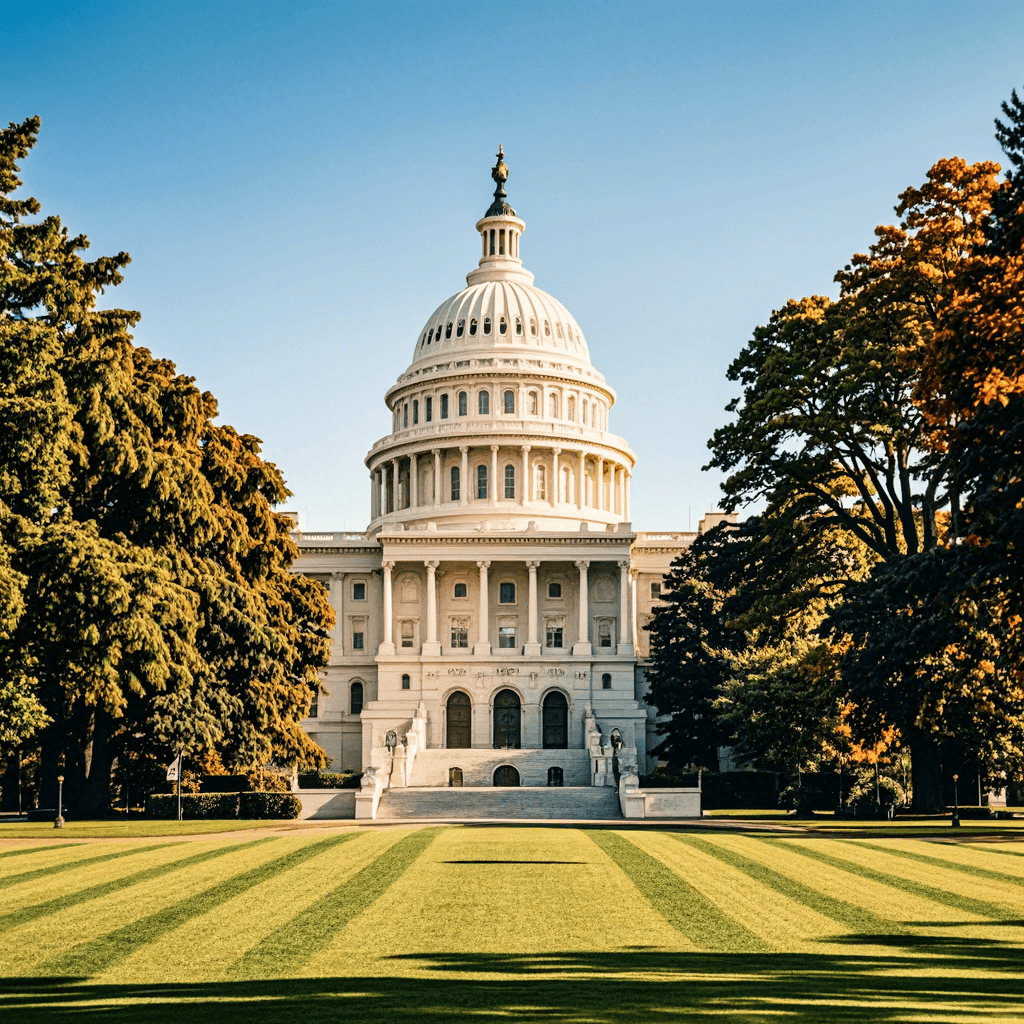On November 11, 1889, Washington became the 42nd state to join the United States, marking a significant milestone in American history. Known for its vast landscapes and rich resources, Washington’s admission expanded the American Northwest and paved the way for economic growth, shaping its unique character and culture. This landmark event continues to influence the region’s identity and economy even today, from Seattle’s iconic skyline to the agricultural richness of the Yakima Valley.
The Path to Statehood
The journey to statehood was both challenging and transformative for Washington. Prior to joining the Union, the Washington Territory was created in 1853 from part of the Oregon Territory, covering a large area that included present-day Idaho and parts of Montana and Wyoming. The population growth in Washington, driven by the promise of land and the booming timber industry, set the stage for its eventual admission as a state. As part of the broader wave of Western expansion in the late 19th century, Washington’s statehood played a vital role in strengthening U.S. presence in the Pacific Northwest.
Economic and Social Transformation
Statehood brought about tremendous economic opportunities for Washington. With its dense forests, abundant waterways, and fertile land, the state quickly became a center for lumber, fishing, and agriculture. The establishment of railroads connected Washington to the rest of the country, enhancing its role as a hub for trade and transportation. Additionally, the proximity to the Pacific Ocean allowed Washington to foster international trade, making it a key player in commerce with Asia.
“Washington’s admission to the Union marked the beginning of a new era for the American Northwest,” noted historians, emphasizing the importance of the state in expanding U.S. territories and influencing future economic policies in the region.
Washington’s Unique Cultural Identity
Becoming a state also allowed Washington to develop a unique cultural identity, blending Indigenous heritage, pioneer spirit, and immigrant influence. The state boasts diverse landscapes, from coastal rainforests to arid plains, each contributing to its vibrant culture. Seattle emerged as an innovative city, later known for being the birthplace of global companies like Microsoft and Starbucks, reflecting the state’s enduring impact on American culture and economy.
Key Contributions and Influence
The state’s contributions to environmental conservation and outdoor recreation have shaped its reputation as a pioneer in protecting natural resources. Washington’s forests, mountains, and rivers are preserved through numerous national parks and forests, highlighting the state’s commitment to conservation. This legacy has made Washington a beloved destination for outdoor enthusiasts and environmental advocates, reinforcing its role as a leader in sustainability.
Conclusion
Washington’s admission into the United States on November 11, 1889, was a pivotal event in the nation’s westward expansion. By joining the Union, Washington not only expanded the U.S. geographically but also brought economic, cultural, and environmental richness that continues to define the state today. The 42nd state, with its dynamic cities and stunning natural beauty, stands as a testament to the possibilities and progress of American expansion in the Northwest.





buy amoxil tablets – amoxicillin tablet buy amoxicillin pills for sale
cheap amoxil without prescription – amoxicillin price buy amoxicillin cheap
fluconazole price – flucoan order diflucan online
buy forcan for sale – https://gpdifluca.com/# fluconazole 200mg canada
cenforce medication – cenforce rs buy cenforce 50mg online cheap
order cenforce 100mg generic – https://cenforcers.com/# order cenforce 100mg sale
is tadalafil and cialis the same thing? – https://ciltadgn.com/# side effects cialis
cialis liquid for sale – ciltad gn uses for cialis
generic cialis tadalafil 20mg reviews – on this site whats the max safe dose of tadalafil xtenda for a healthy man
when will teva’s generic tadalafil be available in pharmacies – on this site prescription free cialis
ranitidine 300mg pill – https://aranitidine.com/ buy zantac 300mg
order brand name viagra online – https://strongvpls.com/# can you just buy viagra
Viagra 50mg – strongvpls viagra buy pakistan
More posts like this would prosper the blogosphere more useful. como tomar clomid para engravidar de gГЄmeos
The sagacity in this serving is exceptional. https://gnolvade.com/
Good blog you procure here.. It’s hard to assign strong worth belles-lettres like yours these days. I justifiably respect individuals like you! Withstand mindfulness!! how to buy lasix
With thanks. Loads of knowledge! buy neurontin pills
The thoroughness in this section is noteworthy. https://ursxdol.com/augmentin-amoxiclav-pill/
I am actually delighted to coup d’oeil at this blog posts which consists of tons of profitable facts, thanks representing providing such data. https://ursxdol.com/furosemide-diuretic/
Greetings! Extremely serviceable recommendation within this article! It’s the petty changes which choice make the largest changes. Thanks a lot in the direction of sharing! https://prohnrg.com/
Facts blog you be undergoing here.. It’s obdurate to find great quality script like yours these days. I honestly respect individuals like you! Rent mindfulness!! https://prohnrg.com/product/priligy-dapoxetine-pills/
Thanks towards putting this up. It’s understandably done. on this site
I’ll certainly carry back to read more. https://aranitidine.com/fr/sibelium/
Thanks towards putting this up. It’s well done. https://ondactone.com/product/domperidone/
More posts like this would bring about the blogosphere more useful. https://ondactone.com/spironolactone/
Greetings! Utter useful suggestion within this article! It’s the petty changes which wish make the largest changes. Thanks a a quantity in the direction of sharing!
https://doxycyclinege.com/pro/ondansetron/
With thanks. Loads of expertise!
https://proisotrepl.com/product/propranolol/
More posts like this would persuade the online space more useful. http://zqykj.cn/bbs/home.php?mod=space&uid=302446
More posts like this would prosper the blogosphere more useful. http://sglpw.cn/home.php?mod=space&uid=563599
brand dapagliflozin – forxiga 10 mg us order forxiga 10 mg generic
forxiga 10mg cheap – brand dapagliflozin buy dapagliflozin 10 mg online cheap
how to buy xenical – https://asacostat.com/ orlistat 60mg price
purchase orlistat – https://asacostat.com/# buy orlistat 60mg pill
This website absolutely has all of the information and facts I needed to this subject and didn’t positive who to ask. http://web.symbol.rs/forum/member.php?action=profile&uid=1175068
This is the kind of delivery I turn up helpful. http://web.symbol.rs/forum/member.php?action=profile&uid=1175061